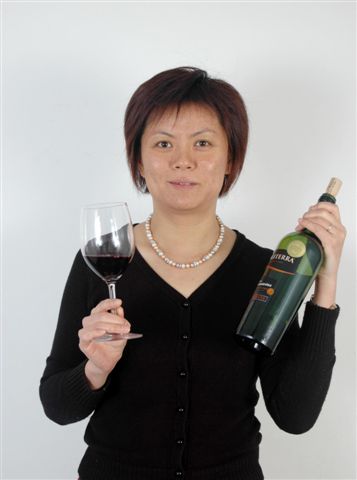By Huiqin Ma
I attended a grape workshop in Tianjin in November that drew many international experts. Like most such academic meetings, the workshop involved field visits and city tours.
Afterwards, I steered a world-famous scientist away from a typical hotel buffet and to a local breakfast spot. His happy conclusion after eating food such as youtiao (fried dough sticks) and shaobing (sesame-topped flat bread): “It seemed like Chinese only eat meat and vegetables for lunch and dinner. Now, I know when they get their starches – at breakfast.â€
In a sense, he was right. Based on his experience as a workshop attendee, we did eat mostly meat and vegetables. However, this does not reflect the daily reality of the Chinese diet.
Chinese eat very differently at restaurants than at home. At a restaurant, rice or noodles are on the backburner and the focus is on pork, beef, chicken and seafood. These dishes contain more protein, fat and cooking oil than those eaten at home, where meals are based on vegetables and on starch-based foods such as noodles and rice.
This is something to consider when we look at matching food and wine. People here are more likely to enjoy pairing wine with Chinese food at restaurants, since many wines have a higher acidity than traditional Chinese beverages and many red ones are astringent. There is a win-win effect of matching such wines with the protein- and fat-rich foods eaten in many Chinese restaurants.
Of course, it also helps that consumers tend to spend much more on food at a restaurant than at home and thus are more likely to splurge on a bottle of wine.
This economic factor, and the nature of Chinese restaurant and home cooking, provides one explanation for much higher on-trade sales of wine.
Grape Wall has no sponsors of advertisers: if you find the content and projects like World Marselan Day worthwhile, please help cover the costs via PayPal, WeChat or Alipay.
Sign up for the free Grape Wall newsletter here. Follow Grape Wall on LinkedIn, Instagram, Facebook and Twitter. And contact Grape Wall via grapewallofchina (at) gmail.com.


Ms. Ma’s observations are very much to the point. How to put the matching in practice is a long learning curve. Nevertheless when I went shopping for holiday drinking at the Ontario LCBO I was surprised to realise that the line up of 5 wine customers at the cashieer included 3 Chinese. Since the other two are much younger we can assume they were the new Chinese. If they drink wine in Canada they would have drunk wine in China.